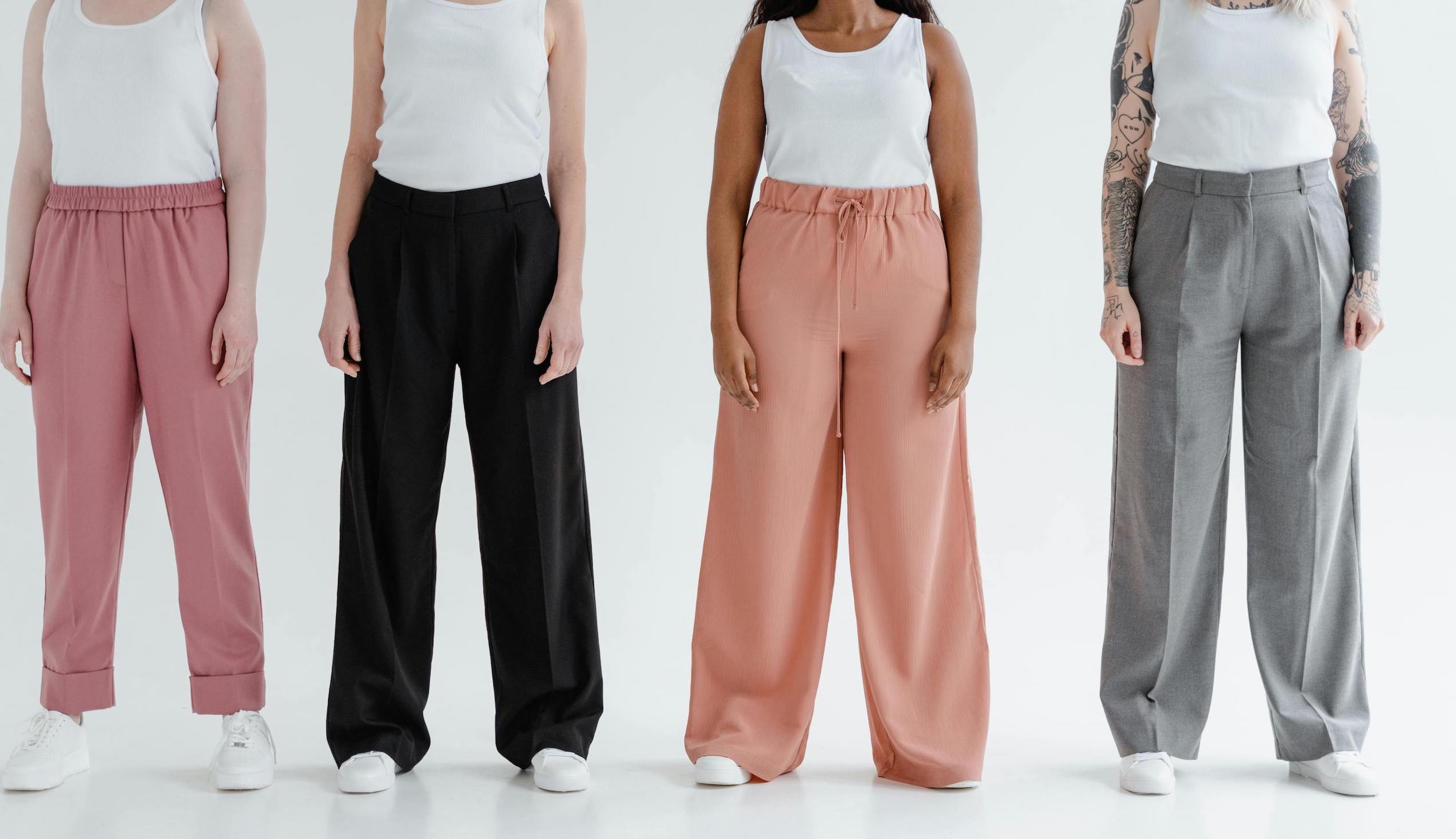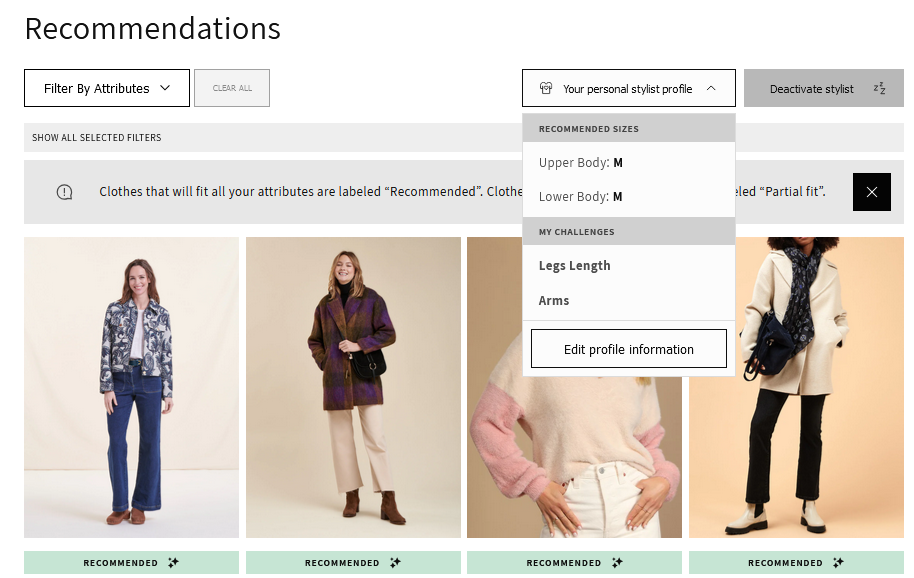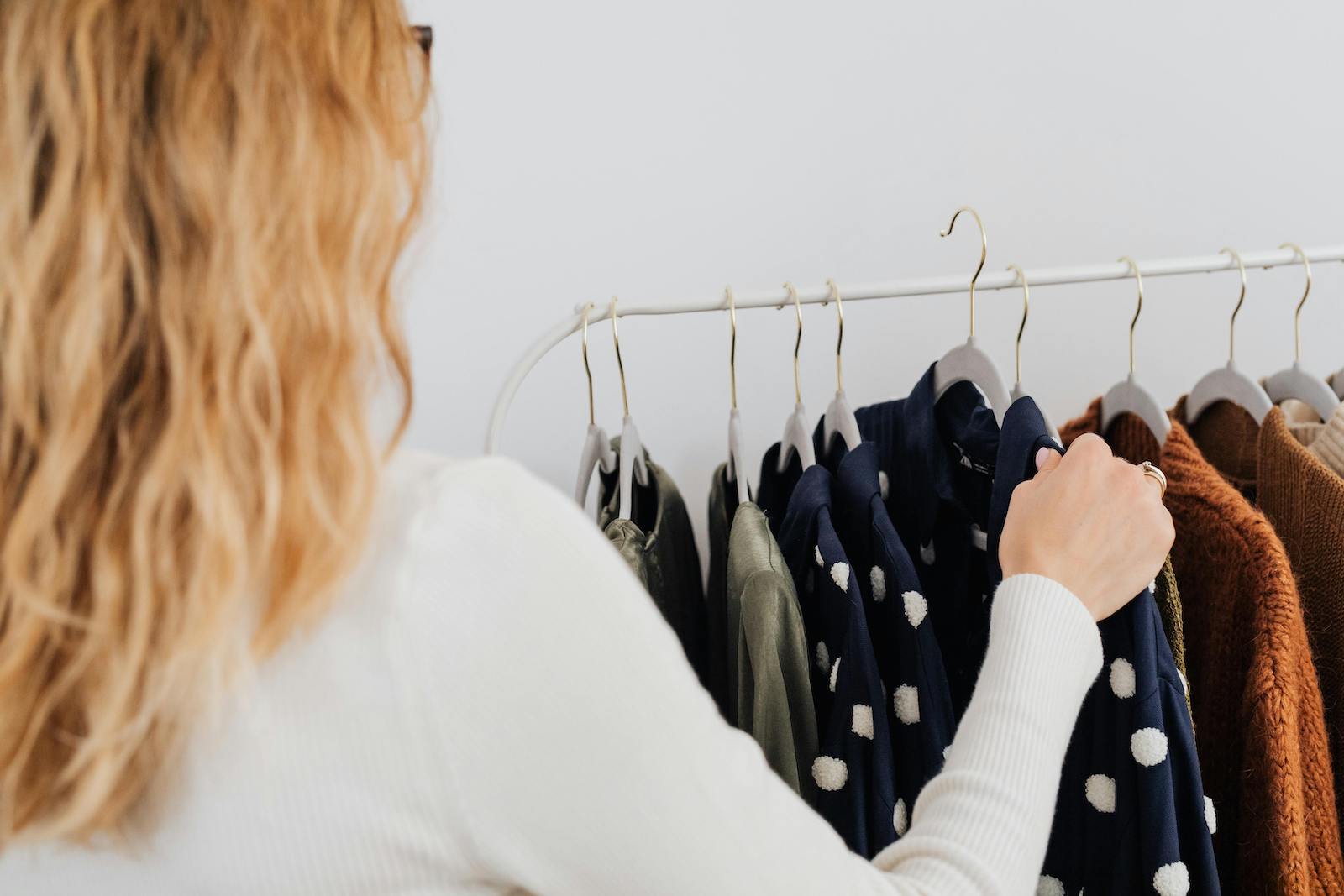For apparel retailers, one of the largest ongoing challenges is consumer confidence with respect to selecting clothing that will fit the shopper well, and make them look and feel their best. This lack of consumer shopping confidence combined with free shipping perks has led to the phenomenon known as bracketing. But what exactly is bracketing, and how can it be mitigated by improving consumer confidence?
What is Bracketing?
Bracketing occurs when shoppers order multiple sizes of the same garment, with the intention of returning the sizes that do not fit. This exponentially growing consumer behavior creates both a logistical headache for retailers and contributes to increasing garment waste in the fashion industry. But why are consumers adopting this approach?
Simply put: sizing inconsistencies leave shoppers feeling like bracketing is their only choice.
The Role of Consumer Confidence on bracketing

One of the primary drivers of bracketing is a lack of confidence in product sizing and the garment’s cut and fit. When shoppers are uncertain about which size and cut will fit them best, they often purchase multiple sizes to avoid the frustration of fit-related returns later. A few factors contributing to this uncertainty include:
Inconsistent Fit and Sizing Across Brands: Apparel sizing is famously inconsistent, with different brands employing different sizing standards. A size medium in one brand may fit like a small in another. This is further compounded by size and cut variations, geographically. As more international brands are available across stores, customers are tasked with figuring out international sizing variations in addition to the differences in cut. For example, a t-shirt from the US market may have a boxier fit than a t-shirt from a French brand.
Limited Fit and Sizing Information: Many brands do not provide enough information regarding their sizing categorizations, nor style cuts and fits. For instance, detailed size charts or fit guides may provide precise measurements, which shoppers don’t often know. That may cause the shopper to stop the shopping process or buy multiple sizes (bracketing). Worse, fit-guide solutions embedded in the online store may be too general. Or, in the case of marketplaces, have incomplete guides, no info on geographic standard (to compare). Worse, the shopper may need to click each individual guide for each item they browse.
Past Experiences: If shoppers have previously encountered fit and sizing issues, their confidence in both shopping and bracketing is impacted. Likewise, they may be reluctant to try new brands or styles. But if they do try something new, this leads them to feel they must order multiple options to assure a proper fit.

The Importance of Knowledge
Alongside consumer confidence, consumer knowledge of how the cut and fit of a garment fall on or envelope different body structures play a crucial role in mitigating bracketing behavior and stoking buyer confidence. Some ways retailers can enhance consumer knowledge to combat this issue are:
Using AI-powered styling tools: Providing accurate, interactive and detailed shopping features, like Catecut, while including “why” something may fit or not fit, alongside standard information on measurements can better empower shoppers to make better, more confident choices and get the best possible additions to their wardrobe.
Customer Reviews and Feedback: Encouraging customers to leave feedback that the retailer can share about how items fit and look can help other buyers feel more assured in their choices by reflecting real-world examples. Along with the embedded styling tools, highlighting reviews that mention cut and fit can guide other shoppers in selecting the best clothes for their style and body. Catecut supports consumer education directly during the shopping experience as its AI models and algorithms are trained on the principles of professional wardrobe styling.
Educating on Tonality, Fabrics and Stretch: Many consumers are unaware of how fabric colors, and types can affect fit and how the shopper will look in the items they buy. Providing engaging educational content about how materials behave (e.g., stretch, draping) can help shoppers make more informed decisions.
How Retailers Can Mitigate Bracketing with Catecut

To mitigate bracketing, shoppers need to know the “how” and “why” various clothing styles fit their bodies. Retailers can proactively assist in this process by mirroring the in-store experience a sales associate may provide, but digitally. Catecut can help:
Enhanced Customer Shopping Experiences: Offering personalized assistance while they shop through our AI-powered stylist, advanced filtering and deep tagging, making customers feel more supported and confident while they browse.
Automatically characterize inventory: One of global retail’s biggest challenges is more accurately and efficiently categorizing inventory to launch new customer-facing features. Catecut’s AI analyzes and classifies its retail customers’ entire portfolio of product imagery, alleviating tech and team resource hurdles for quick and easy implementation.
Feedback Loops: Retailers who use Catecut get deep, cross-team actionable insights to better assess their inventory and style gaps, and best understand their customers.
Inadequate knowledge about apparel cut, fit and size variations across styles and brands drives bracketing behavior. By addressing these factors, retailers can not only reduce the volume of bracketing and returns but also enhance the overall shopping experience. Happier customers are more confident shoppers and more loyal to brands they discover and love. Shoppers with a clear understanding of what looks best and reflects their style are far less likely to return their purchases.


